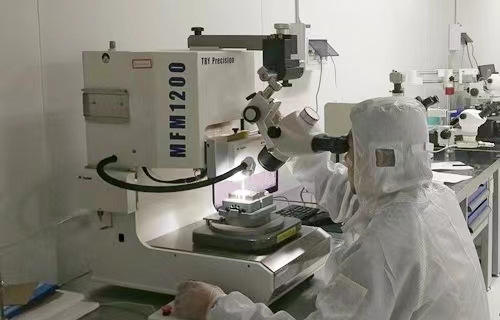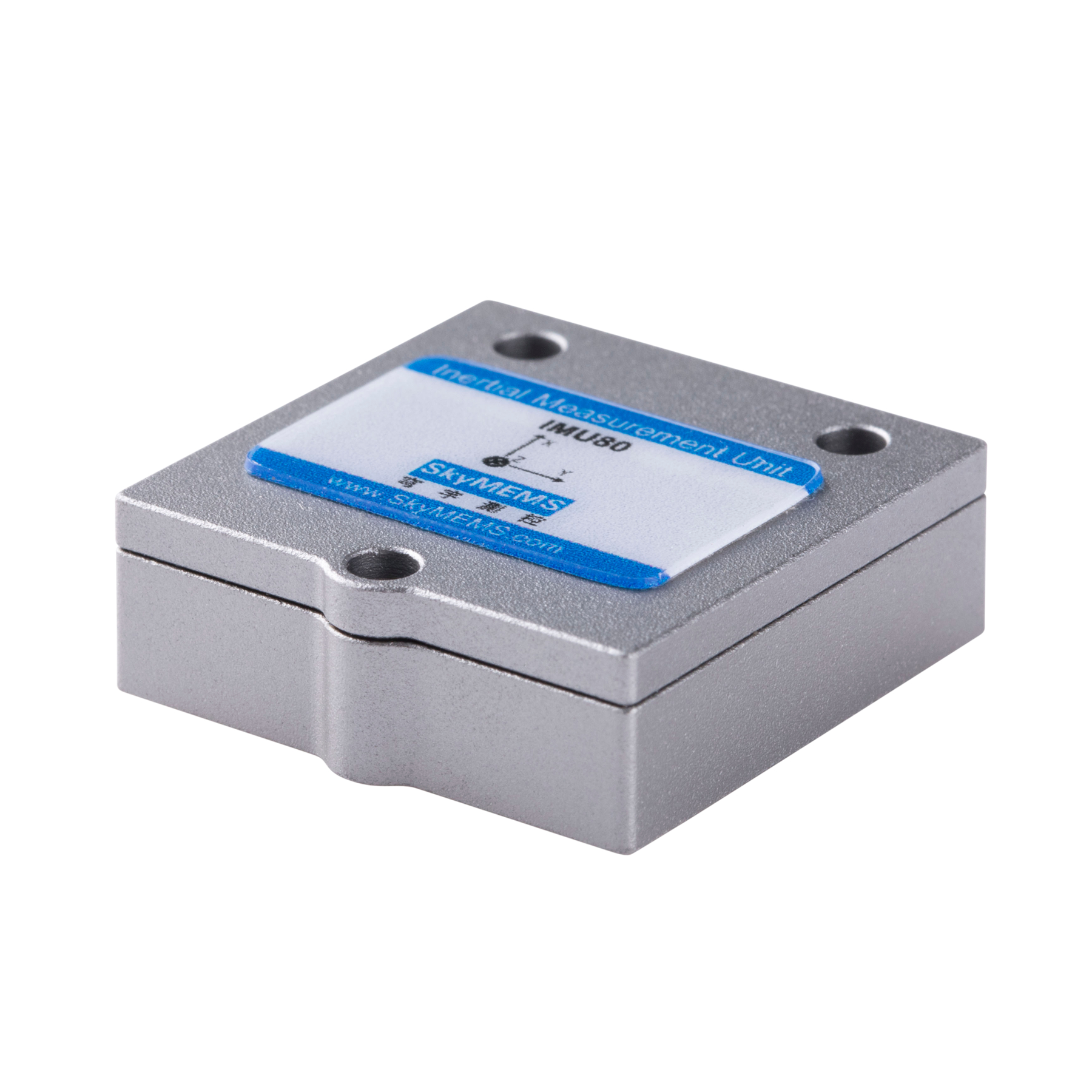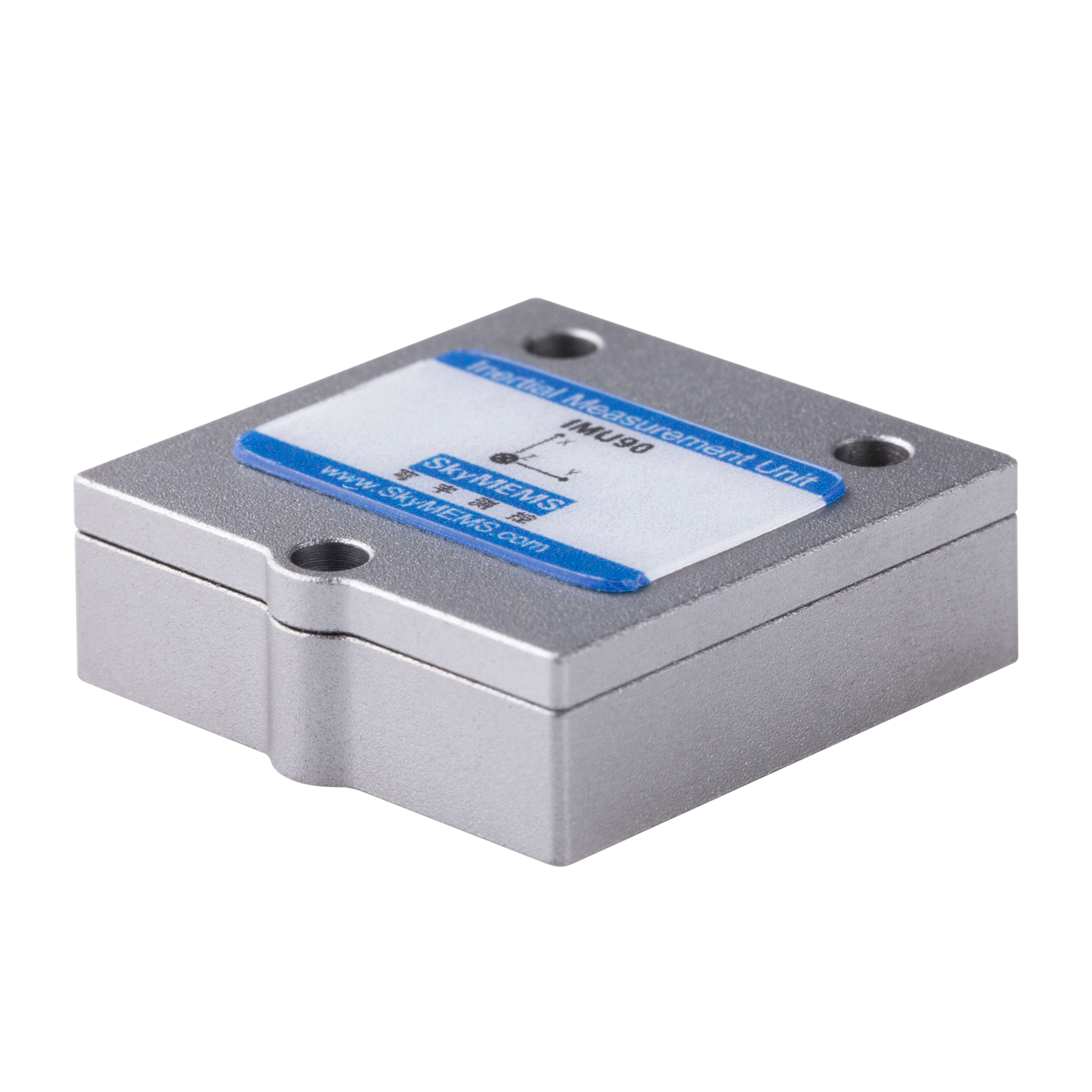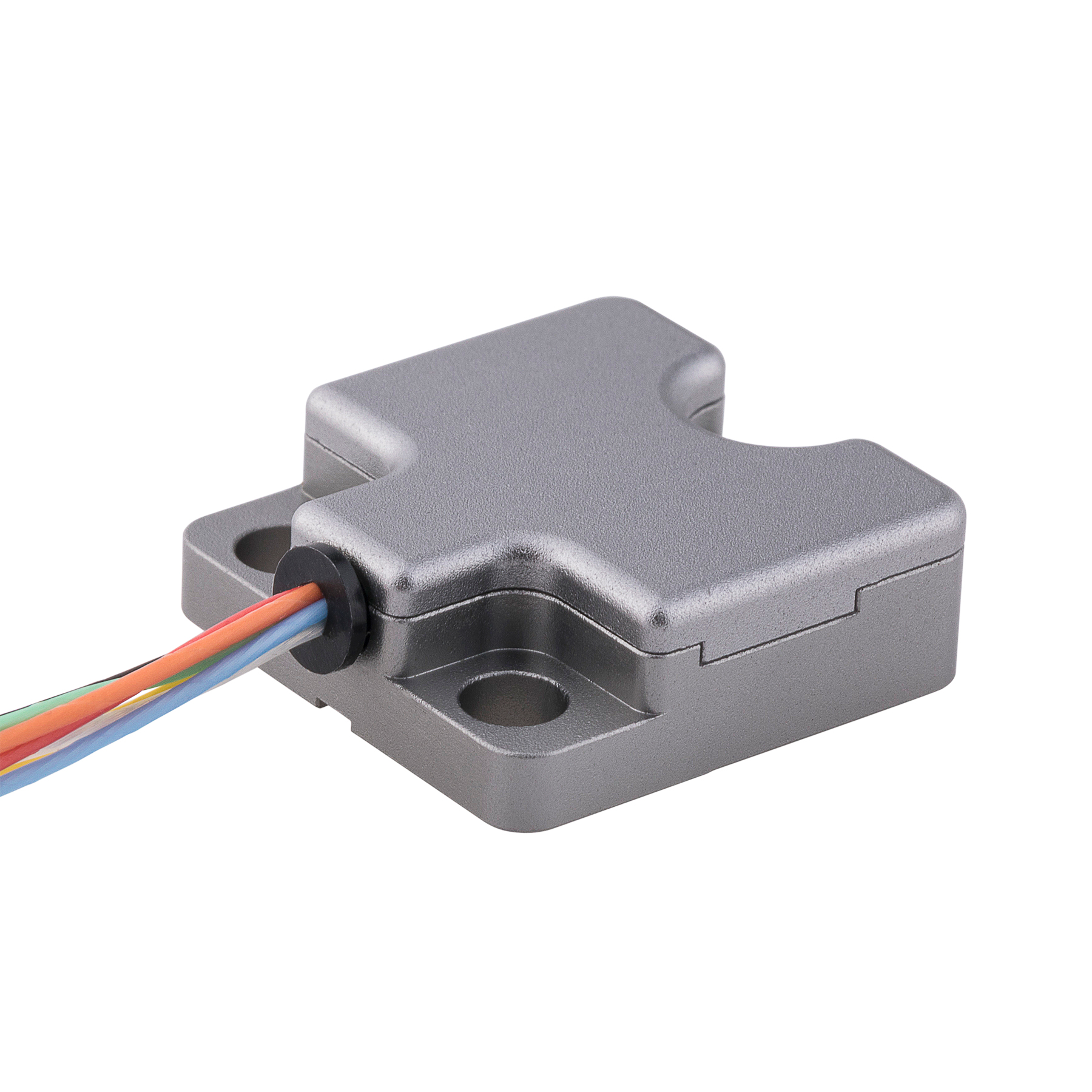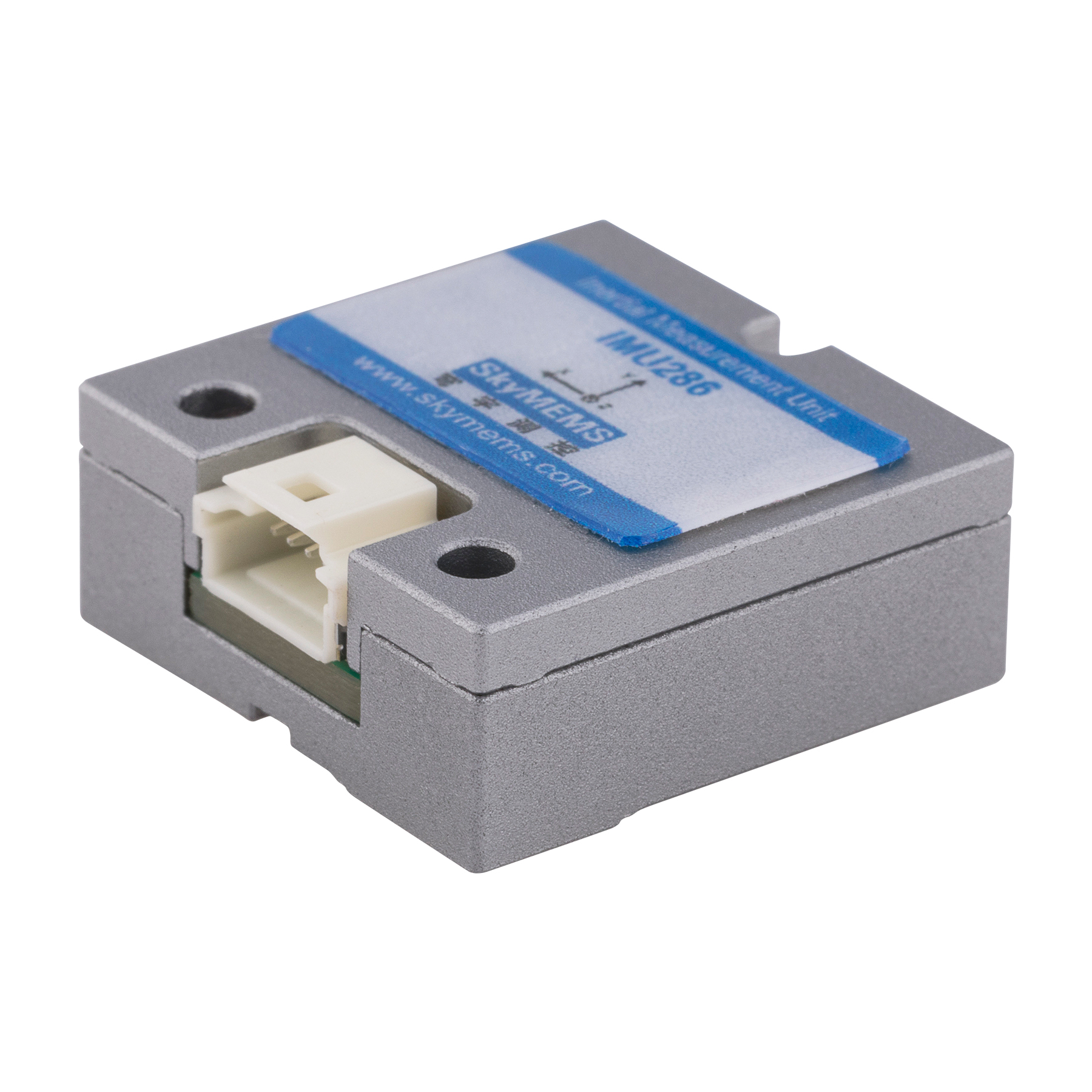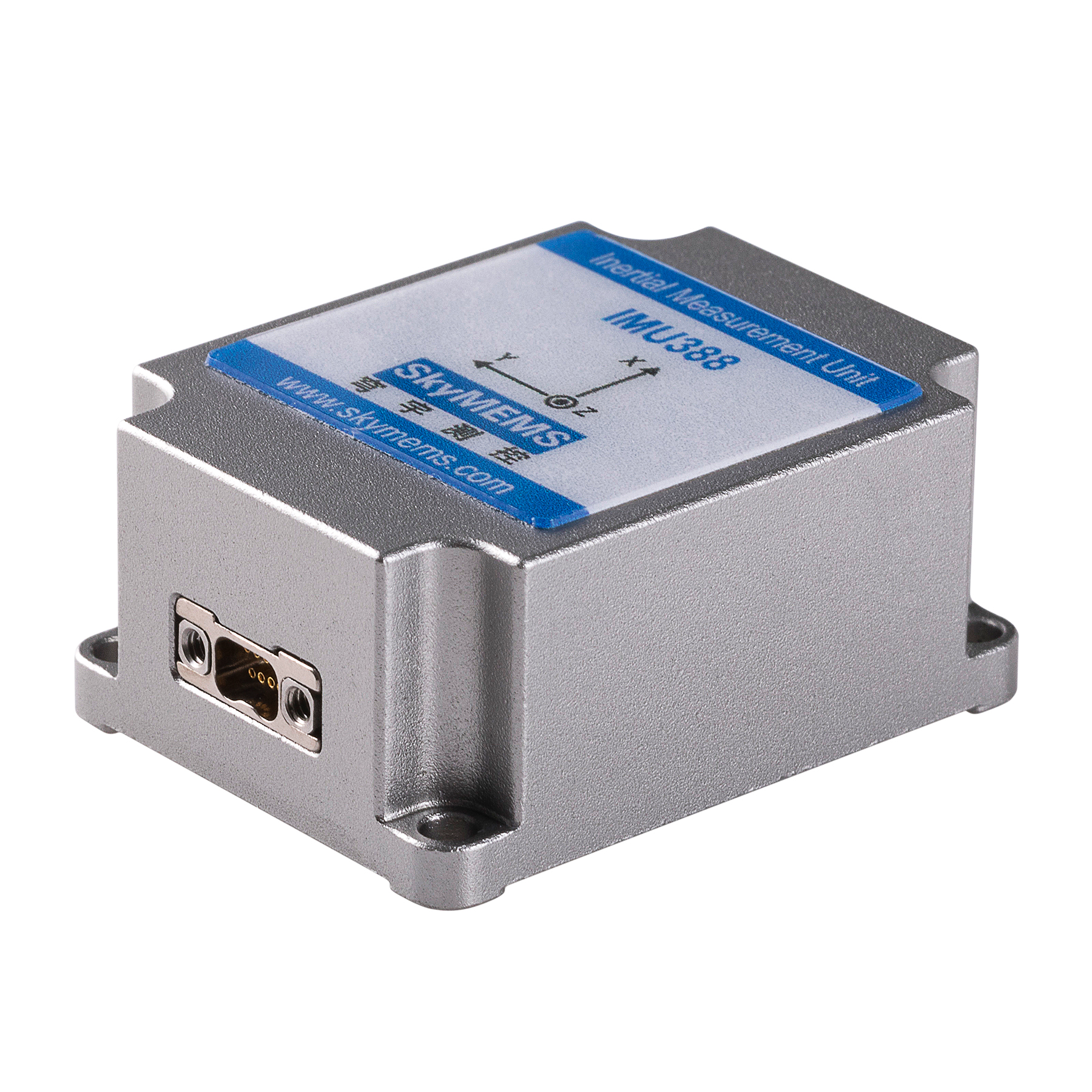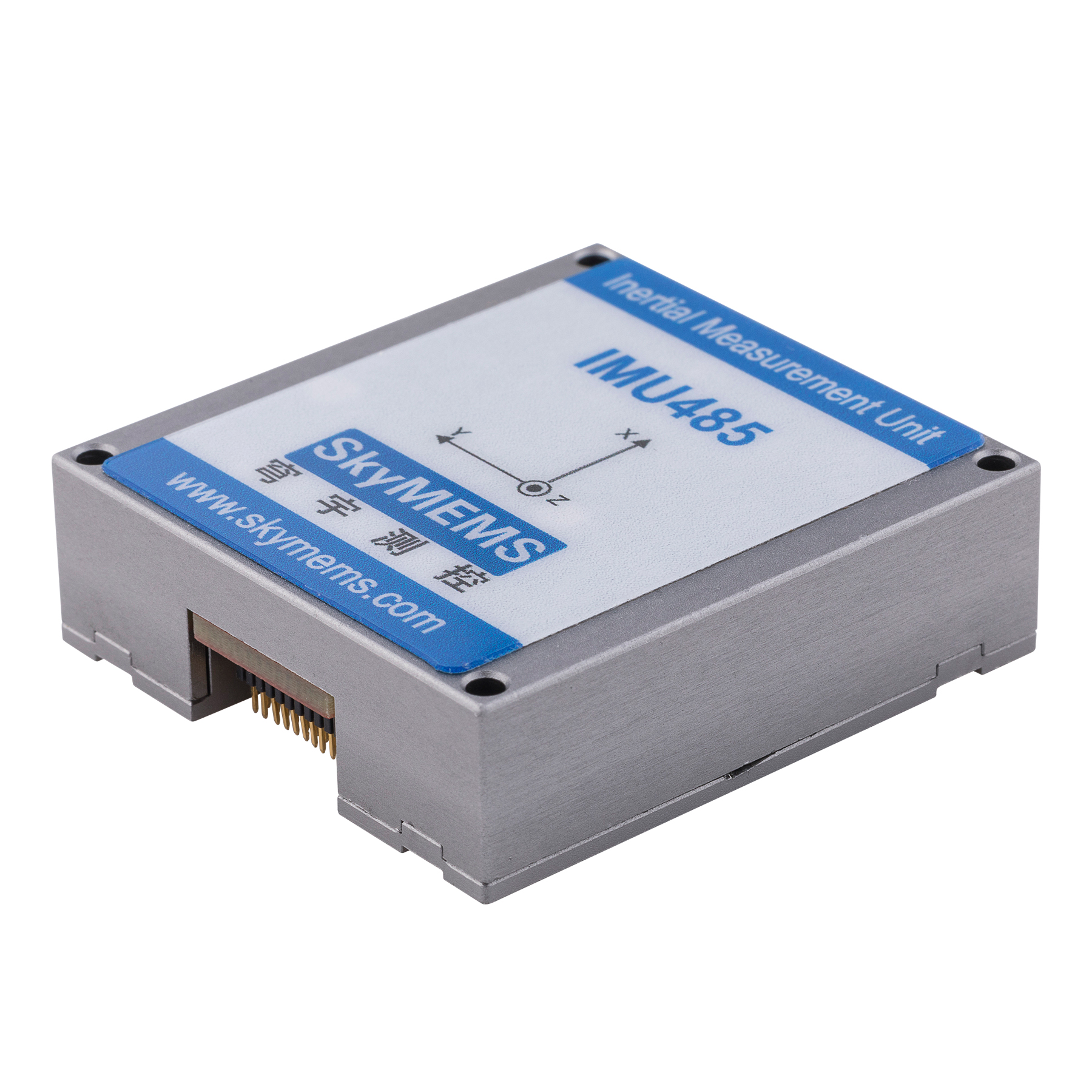A high accuracy tilt sensor, also known as a tiltmeter or inclinometer, is a device that measures the inclination or angle of inclination of a surface or object. These sensors are commonly used in a variety of industries, including construction, aerospace, and transportation, to ensure the stability and safety of structures, vehicles, and other objects. In this article, we will delve deeper into the various applications of high accuracy tilt sensors and how they can be used to improve safety and efficiency in different industries.
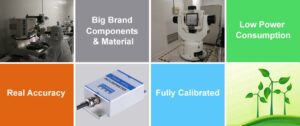
I. Introduction to High Accuracy Tilt Sensors
High accuracy tilt sensors are designed to measure small angles of inclination with a high degree of precision. They work by using a variety of technologies, such as piezoelectric, capacitive, and optical, to detect changes in the angle of a surface or object. These sensors are able to measure angles within a range of +/- 0.1 degrees, making them ideal for applications where a high degree of accuracy is required.
II. Construction Industry
A. Monitoring Structural Integrity
One of the primary uses of high accuracy tilt sensors in the construction industry is to monitor the structural integrity of buildings and other structures. These sensors can be installed at various points on a structure, such as the foundation, walls, or roof, to detect any changes in the angle of inclination. This is important because even small changes in angle can indicate potential issues with the structure, such as foundations settling, walls shifting, or roofs collapsing. By detecting these issues early on, tilt sensors can help prevent costly damage and ensure the safety of the structure and its occupants.
B. Levelling Structures
High accuracy tilt sensors are also commonly used to ensure that structures are level during construction. These sensors can be used to measure the angle of the ground or foundation to ensure that it is level, as well as the angle of walls, floors, and other components to ensure that they are straight and properly aligned. By using tilt sensors to check for levelness, construction professionals can ensure that structures are built to the correct specifications and that they are safe and stable.
III. Aerospace Industry
A. Monitoring Aircraft Stability
In the aerospace industry, high accuracy tilt sensors are used to monitor the stability of aircraft. These sensors can be installed on various parts of an aircraft, such as the wings, tail, or fuselage, to detect any changes in the angle of inclination. This is important because even small changes in angle can affect the stability and safety of the aircraft, especially during flight. By using tilt sensors to monitor aircraft stability, aerospace professionals can ensure that the aircraft is operating safely and efficiently.
B. Testing Flight Dynamics
High accuracy tilt sensors are also commonly used in the aerospace industry to test the flight dynamics of aircraft. These sensors can be used to measure the angle of the aircraft’s wings, tail, and other components during flight to ensure that they are functioning properly. By using tilt sensors to test flight dynamics, aerospace professionals can identify any issues with the aircraft’s design or performance and make necessary adjustments.
IV. Transportation Industry
A. Monitoring Vehicle Stability
High accuracy tilt sensors are used in the transportation industry to monitor the stability of vehicles, such as cars, trucks, buses, and trains. These sensors can be installed on various parts of a vehicle, such as the wheels, suspension, or body, to detect any changes in the angle of inclination. This is important because even small changes in angle can affect the stability and safety of the vehicle, especially during operation. By using tilt sensors to monitor vehicle stability, transportation professionals can ensure that the vehicle is operating safely and efficiently.
B. Detecting Rail Track Alignment
In the transportation industry, high accuracy tilt sensors are also used to detect the alignment of rail tracks. These sensors can be installed on trains or other vehicles to measure the angle of the tracks as they pass over them. This is important because even small deviations in track alignment can cause issues with the operation of trains, such as derailments or damage to the tracks or vehicle. By using tilt sensors to detect track alignment, transportation professionals can ensure the safety and efficiency of train operations.
V. Other Applications
A. Monitoring Bridges and Tunnels
High accuracy tilt sensors are also used to monitor the stability of bridges and tunnels. These sensors can be installed at various points on the structure, such as the foundation, walls, or roof, to detect any changes in the angle of inclination. This is important because even small changes in angle can indicate potential issues with the structure, such as foundations settling, walls shifting, or roofs collapsing. By detecting these issues early on, tilt sensors can help prevent costly damage and ensure the safety of the structure and its users.
B. Monitoring Machinery and Equipment
In addition to monitoring structures and vehicles, high accuracy tilt sensors are also used to monitor the stability and alignment of machinery and equipment. These sensors can be installed on various parts of the machinery, such as the foundations, frames, or components, to detect any changes in the angle of inclination. This is important because even small changes in angle can affect the operation and safety of the machinery, leading to costly repairs or downtime. By using tilt sensors to monitor machinery and equipment, professionals can ensure that they are operating safely and efficiently.
C. Monitoring Environmental Conditions
High accuracy tilt sensors are also used to monitor environmental conditions, such as wind, rain, and snow. These sensors can be installed on structures or vehicles to detect any changes in the angle of inclination caused by these conditions. This is important because even small changes in angle can affect the stability and safety of structures and vehicles, leading to costly damage or accidents. By using tilt sensors to monitor environmental conditions, professionals can ensure the safety and efficiency of their operations.
VI. Conclusion
In conclusion, high accuracy tilt sensors are an essential tool for a variety of industries, including construction, aerospace, and transportation. These sensors are able to measure small angles of inclination with a high degree of precision, making them ideal for applications where a high level of accuracy is required. By using tilt sensors to monitor the stability and alignment of structures, vehicles, and machinery, professionals can ensure the safety and efficiency of their operations.

